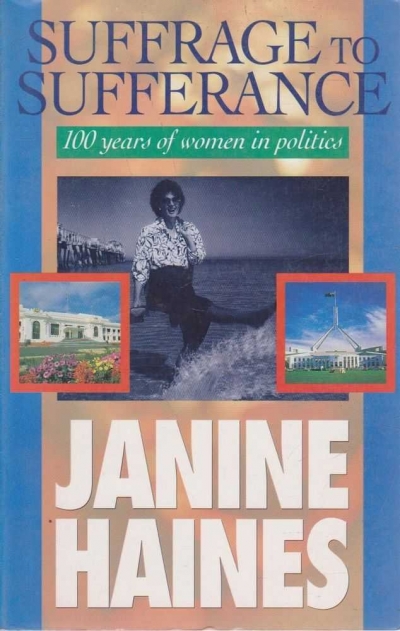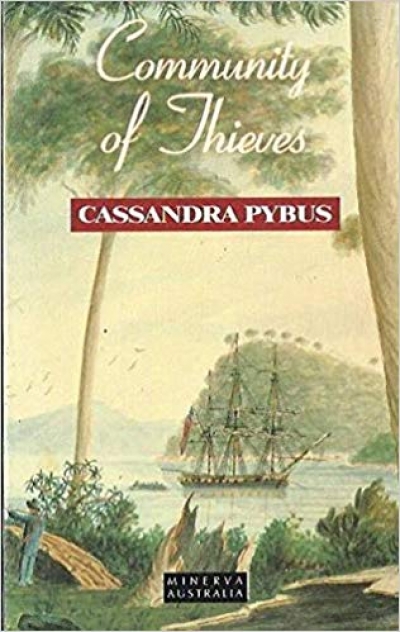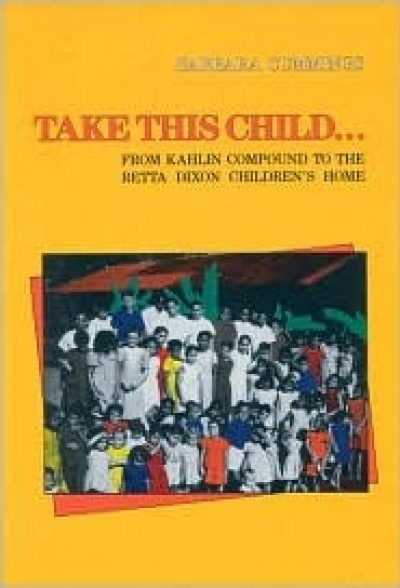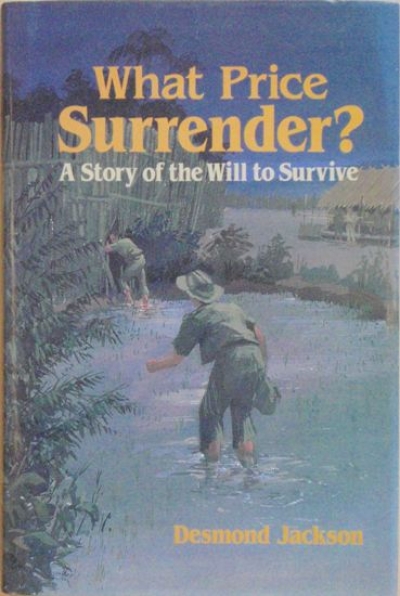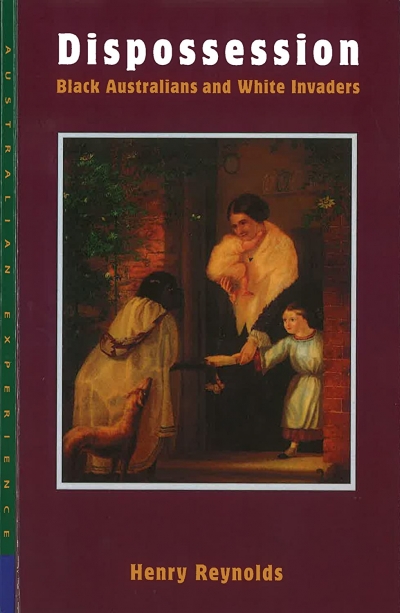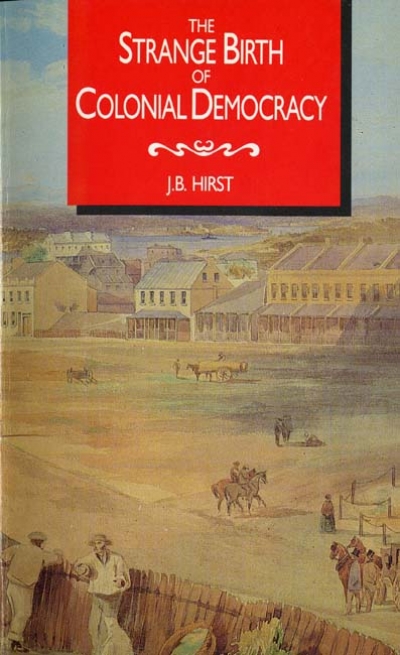History
Suffrage to Sufferance: 100 years of women in politics by Janine Haines
Janine Haines’s book, Suffrage to Sufferance is a good read. For women who are in public life and who insist on equality, it is a realistic and often humorous read. For those women who aspire to public life or simply equal rights, it is an entertaining – lost journalistic – account of where women’s aspirations might lead them. For men who understand or want to understand women’s drive for equality, there is an idea of the barriers, seen and unseen, that women face. And there is some sense of women’s struggle for political influence and recognition.
... (read more)Australian Cultural History, Volume 11: Books, Readers, Reading edited by David Walker, Julia Hornen and Martyn Lyons
It is refreshing to find an approach to literature that largely avoids traditional methods of discourse. Books, Readers, Reading is a compilation of essays from an Australian Cultural History Conference held in June 1991 and it encompasses subjects as diverse as Bible reading, a history of Australia’s first paperbacks and circulating libraries.
... (read more)Imagining the Pacific in the Wake of the Cook Voyages by Bernard Smith
The chapter explores the influence of William Wales on the young Coleridge when he was a student at Christ’s Hospital, London, Wales, the scientist-navigator who travelled with Cook on the Resolution, was appointed Master of Mathematics at Christ’s Hospital in 1775 and Smith, in this engaging essay, argues that the young Coleridge would have heard the stories of their momentous journey in search of the great South Land. For not only was Wales a teacher of mathematics but his job also included drumming up midshipmen recruits from the Lower School for the Royal Navy. He was ideally suited for this – a man of great stature and intellect who could deliver an exhilarating first-hand account of what it was like to be pushing to the very frontiers of knowledge through maritime exploration.
... (read more)Another book on George Augustus Robinson, the nineteenth-century oddity who toured Tasmania gathering Aboriginals whom he eventually incarcerated on Flinders Island? Historians from John West to Brian Plomley have written about his Tasmanian adventures; Robert Drewe and Mudrooroo Narogin have added interpretations of his singular career. Do we need another?
... (read more)Dear Manning,
I’m writing you this letter for want of better ways of continuing the conversation we’ve been having for the past eight years, sustained by weekly letters while I was in Japan. We began to walk and talk in 1983 as you were preparing for heart surgery and I wasn’t coping with a broken heart. You wanted someone to walk with, and I needed company.
... (read more)Take this Child ...: From Kahlin Compound to the Retta Dixon Children’s Home by Barbara Cummings
Barbara Cummings’s history combines archival research, interviews with her peers, and autobiography to declare the common experiences of an Aboriginal sub-culture, the ex-inmates of the Retta Dixon Home in Darwin. She deems it ‘a first step in our healing process’. It is also an outstanding contribution to feminist and Aboriginal history.
... (read more)Life Among the Scientists: An anthropological study of an Australian scientific community by Max Charlesworth, Lyndsay Farrall, Terry Stokes and David Turnbull
It’s a lovely idea – to go among the scientists in a pith helmet, learn their lingo, suss out what’s really going on behind the myths of cool objectivity. Like any other major human undertaking, science is a matter of interests, conscious or covert, set by policy and ideology alike. Such factors are all too easily accepted as inevitable and innocent; think of the male-dominated, reductive cast of traditional laboratory practice.
During the last decade, a kind of anthropology of urban subcultures has arisen, abandoning the highly romanticised jungles of the Third World to colonise the offices and labs of our own. Exchanges between participants are explicitly treated not as an ethnographic resource to be taken at face value, but as a topic for sceptical investigation.
... (read more)What Price Surrender?: A story of the will to survive by Desmond Jackson
Mr Jackson’s book narrates his experience and that of a friend as prisoners of the Japanese in Thailand during World War II. It is neither a good nor memorable book, but it does raise, however unintentionally, significant issues. In a nation still bereft of a civil religion, that amalgam of myths and tales of heroes which defines a country’s sense of self and values, the experiences described by Mr Jackson should be honoured.
... (read more)Dispossession: Black Australians and white invaders by Henry Reynolds
Anyone interested in Aboriginal history or race relations will probably be familiar with the work of Henry Reynolds. His books include The Other Side of the Frontier (1982), Frontier (1987), and The Law of the Land (1987). This latest book is a collection of documents, ones that provided much of the source material for Reynolds’s earlier works. In this book, he tell us in the preface, ‘our forebears speak for themselves and speak in many voices’.
... (read more)In some ways, John Hirst presents his tale of colonial New South Wales as if it were a book for today. In the preface he comments: ‘But why should we care what it was like? – because in many fundamentals this is the political world we still inhabit.’ This theme is sketched and hinted at several times in the text but it is never argued in a systematic and rigorous manner. What are we to make of the claim?
... (read more)

